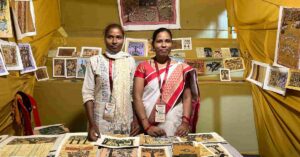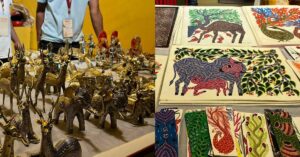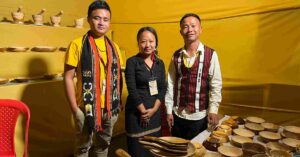How Tagore’s Love For Strange Food Paved The Path For the Modern-Day Adda!
From cauliflower ‘sandesh’ to a fish curry with no fish, the Nobel Laureate appreciated creative expression not just with words but also on his plate. #RabindranathTagore #History #LegacyOfALegend

An annual tradition held few weeks before May; I remember rushing home from school, to finish my daily quota of studies and homework, all to keep the evenings free for the inevitable creative ventures planned for Rabindra Jayanti – the birthday of Tagore.
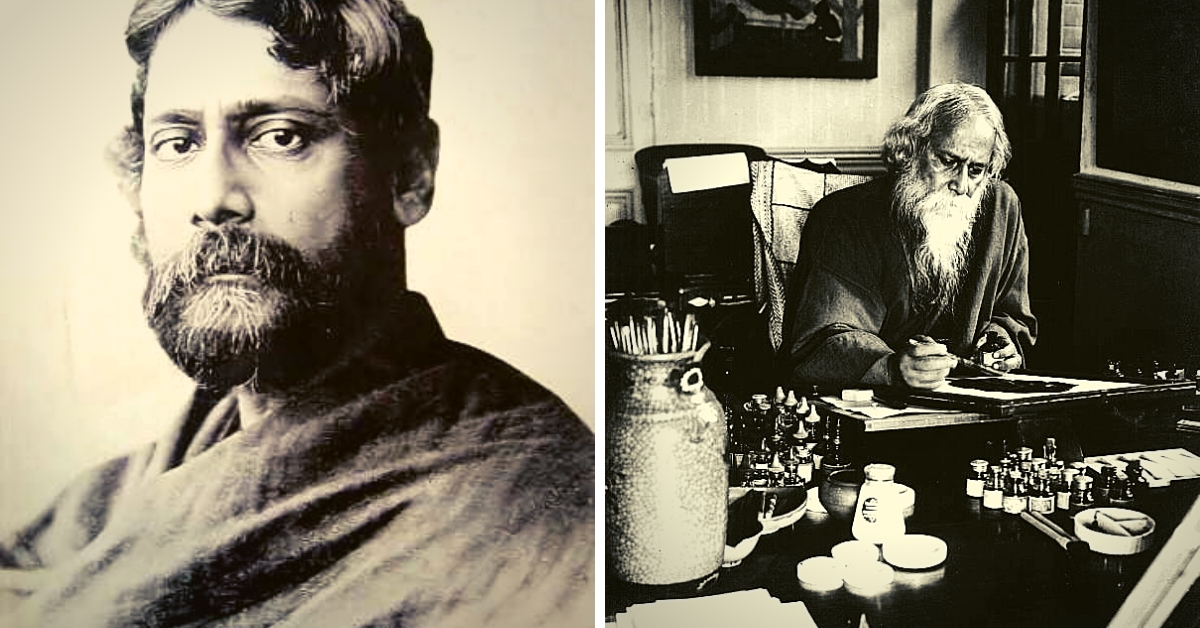
Hours would pass and evenings would fade into late nights, yet we all would continue perfecting the steps, running the lines and adjusting the pitch, alongside steaming cups of tea and an ever-flowing supply of deliciously crispy shingaras (samosa).
Amidst all the hard work, it was off-track addas and interesting trivia on Tagore shared by elder members that kept us oblivious to the outside world.
“What comings and goings we used to see: how merry were the rooms and verandahs with the hum of conversation and the snatches of laughter!” someone would spontaneously recite, quoting Tagore’s memoir, Jibansmriti (My Reminiscences).
The nostalgic piece gives a peek into the formative years of the great poet and encapsulates his long conversations with sister-in-law Kadambari Devi, brother Jyotirindranath and many friends like poet Bharilal Chakravarti.
Known as an exceptional conversationalist, Tagore’s memoir emphasised on the importance of ‘majlis’ or ‘adda’, predicting how it would become an integral part of Bengali cultural discourse in the following years.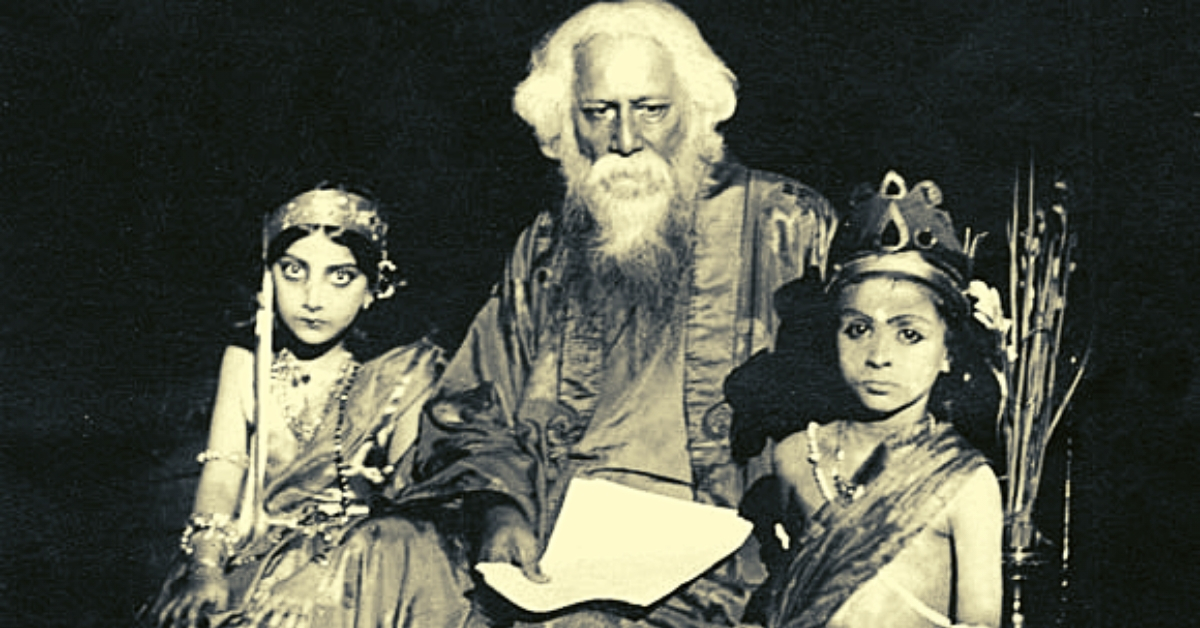
A part of Bengali parlance, ‘adda’ on the one hand involves long engaging conversations based on rational arguments, dialogue and comic expression, on the other, it manifests itself as an artistic and tasteful display of an individual’s wit, intellectual prowess and humour, all at the same time.
“His fortitude and his kindly sense of humour remained with him till the end. Those who attended on his sick-bed treasured as their greatest reward the pleasantries and witticisms he constantly exchanged with them,” writes Krishna Kripalani (Tagore’s biographer) in her account of the poet’s final days.
According to the students of his institute in Shantiniketan, Tagore was known for his skilful use of rhetorical devices like puns and metaphors juxtaposing them with altered syntactic patterns, and this eventually led adda to become an educational tool.

Interestingly, it was a tradition for them to gather around Tagore as he engaged in storytelling, word-games and various light-hearted literary exercises often encouraging students to join in.
Origin of Kham Kheyali Sabha
The cultural and literary luxury of laid back conversations was not always a common phenomenon in Bengal. With the onslaught of colonialism and the propagation of utilitarianism, Tagore’s beloved art of conversations was coming to an end.
“We no longer have the thing called a majlis. We still meet for business or politics but never for the pleasure of simply being together I can imagine few things more ugly than this social miserliness,” he critiqued the increasing influence of modern greed and selfishness that was closing doors to intellectual and literary freedom among others.
It was this realisation that prompted the establishment of Kham Kheyali Sabha (Assembly of the Whimsical), an informal club where Tagore and his friends would mingle and feast over delicious delicacies and dialogue, in 1896.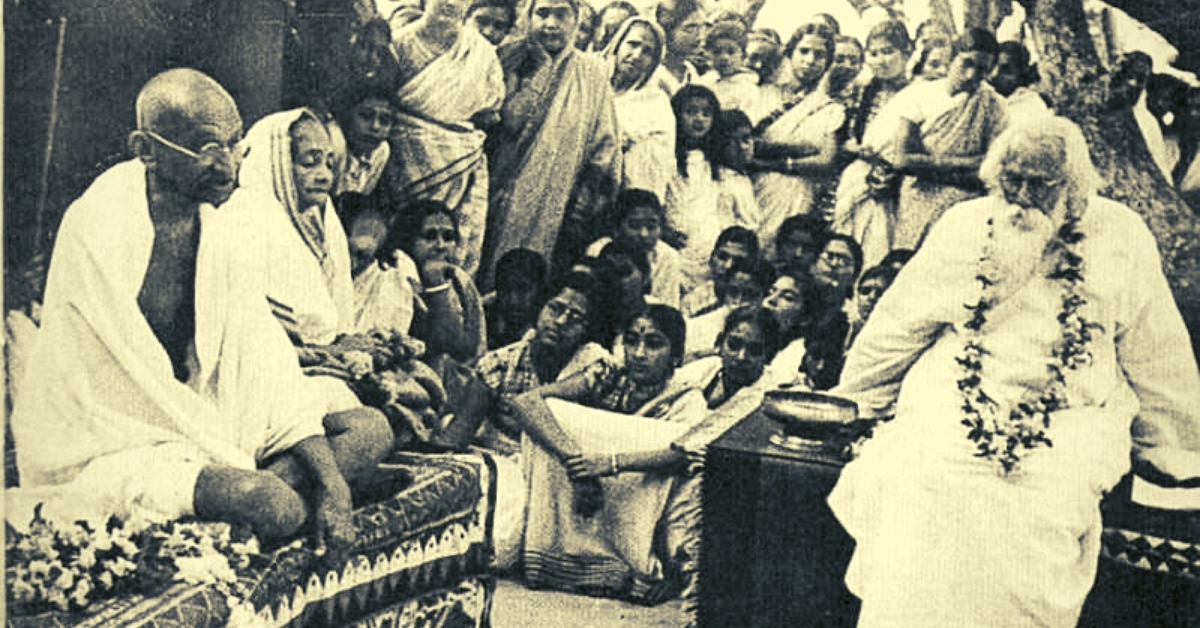
The group included prominent individuals like Deshbandhu Chittaranjan Das, author Sarat Chandra Chattopadhyay, Atul Prasad Sen, poet and humourist DL Roy, scientist Jagadish Chandra Bose, classical vocalist Radhikanath Goswami and Pramatha Chaudhuri, with whom Tagore would often participate in heated arguments about art, politics, society, or even playful friendly banter filled with humorous anecdotes.
Creative discourse on pages, speeches and food
‘Do not blame the food because you have no appetite’—would be the usual response to reluctant foodies who would infiltrate the Rabindra Jayanti rehearsal halls for casual flirtations with dancing dames.
Like many today, Tagore too was extremely serious about his food, and so it’s not a surprise that his whimsical taste in words and food would find expression at the Kham Kheyali Sabha.
Also Read: #Travel Tales: Exploring Tagore’s Santiniketan, an Abode of Learning Unlike Any in the World
Adda and khabar hence became the twin agent of ultimate satisfaction for Bengalis.
To be true to its name, Tagore had to maintain its reputation of being whimsical, and nothing served at the sabha could dare be ordinary. His wife Mrinalini Devi would come to the rescue at such instances.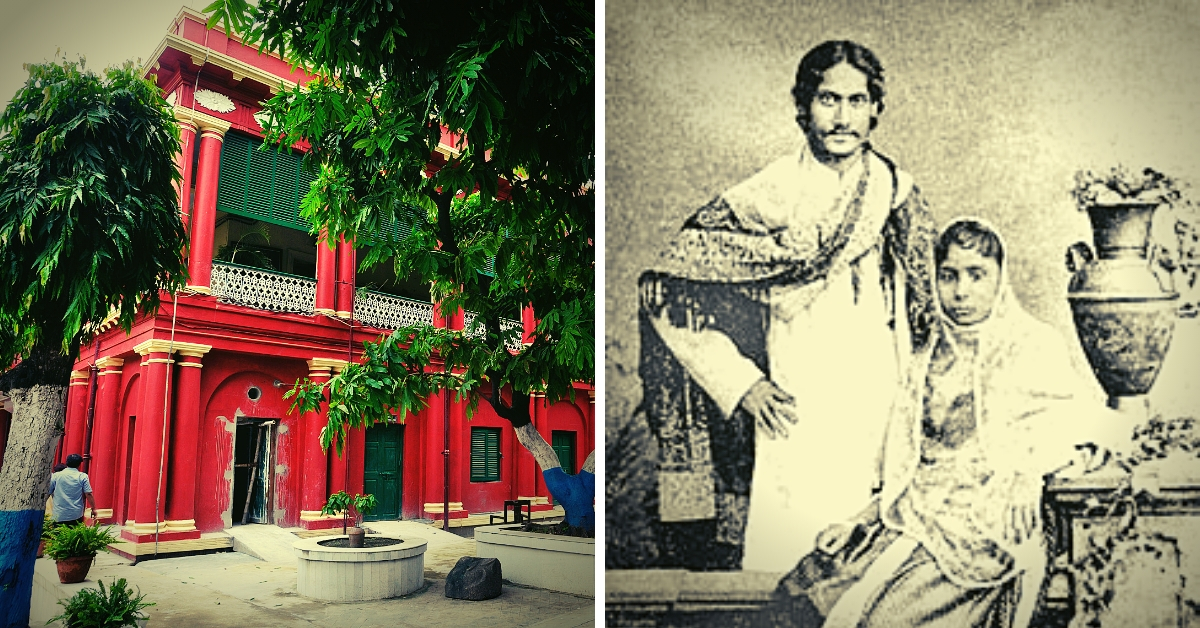
From jackfruit yoghurt fish curry without a single piece of fish in it, mustard mutton curry cooked with parwal and served with prawn raita, to cauliflower sandesh and dahi malpua, his unique demands would be brought to life by Mrinalini Devi.
The poet’s innate wanderlust also often inspired his gastronomic adventures that manifested in the kitchen of Jorashankho Thakurbari, where cooks toiled hard to create magical dishes that revolutionised Bengali cuisine.
A few reports on Tagore’s tastebuds claim that the great poet would fear chillies in his food, and because of this, any dish he consumed was always generously sprinkled with sugar.
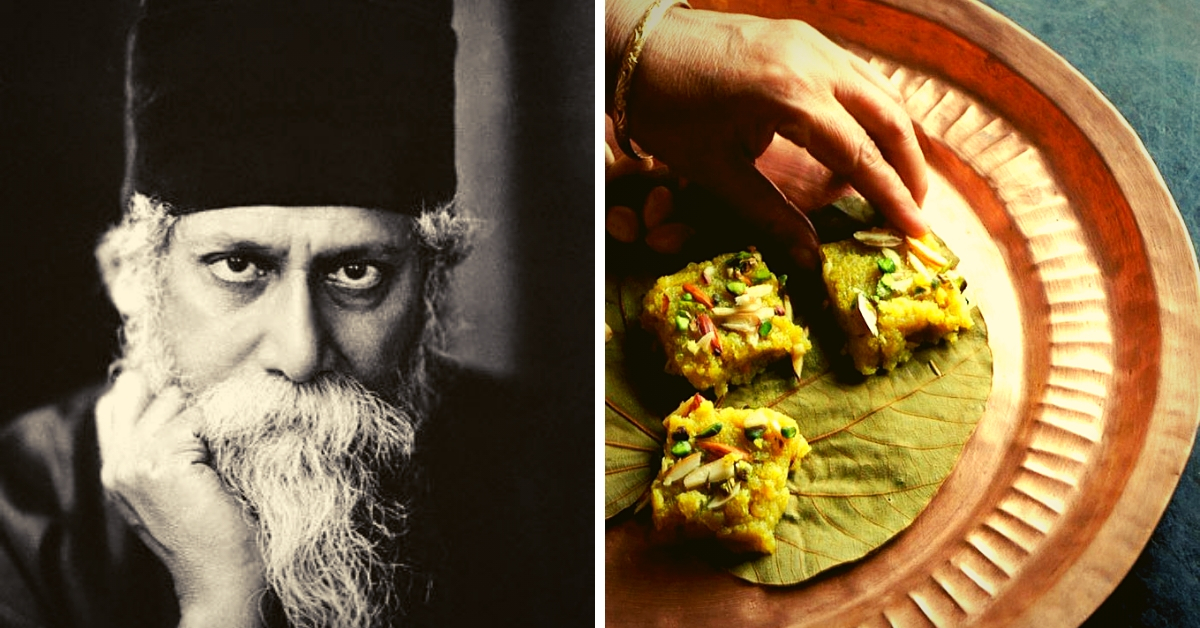
Interestingly, this has become a prominent aspect of the state’s culinary expertise.
With his wit and unflinching penchant for experimentation, on pages or the plate, the poet has left behind a treasure trove of memories that we call culture today!
(Edited by Gayatri Mishra)
Originally published on May 7, 2019.
Like this story? Or have something to share?
Write to us: [email protected]
Connect with us on Facebook and Twitter
This story made me
- 97
- 121
- 89
- 167
Tell Us More
We bring stories straight from the heart of India, to inspire millions and create a wave of impact. Our positive movement is growing bigger everyday, and we would love for you to join it.
Please contribute whatever you can, every little penny helps our team in bringing you more stories that support dreams and spread hope.






